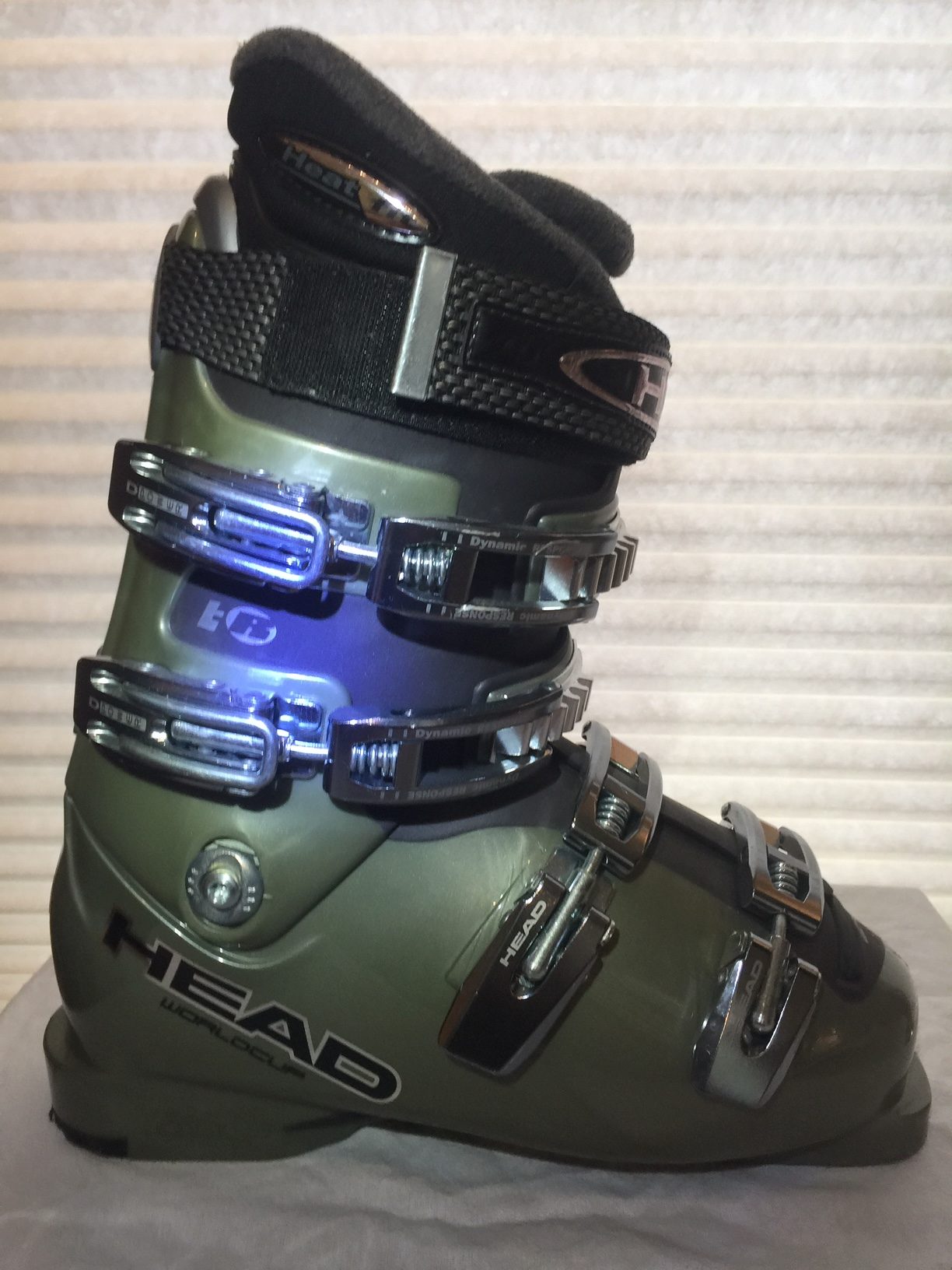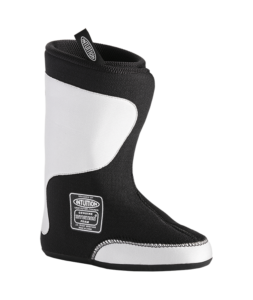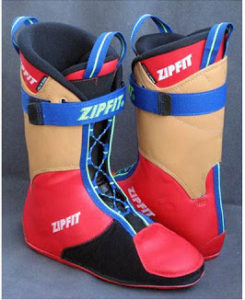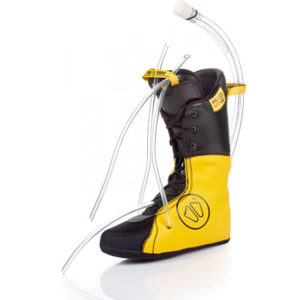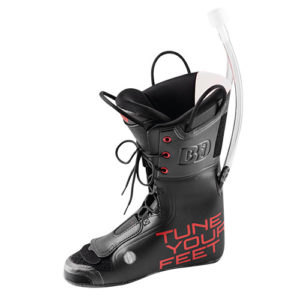Once a skier finds a great fitting boot, it can be very hard to let it go. I’ve seen boots manufactured during the Reagan administration tenderly pulled from their neon (and somehow still pristine) boot bag by their besotted owner in the hope that I can somehow breathe life back into them. Somewhere during the history lesson that often accompanies this moment, the suggestion is made that perhaps replacing the liners will extend their useful life?
With the delicacy of mortician, I am forced to explain that the boots before us expired some time ago. The fact they are still in solid form is admirable but should not be mistaken for viability. Boiled to its essence, what you pay for in a new boot is its resilience, or capacity to actively respond to pressure. This quality is intrinsic to the boot’s age: young boots are highly elastic, a property that diminishes over time in plastics much as it does in flesh, bone and sinew. Changing the inner boot will not alter the inevitable.
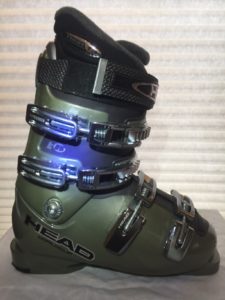
The case I’ve presented is extreme, of course, but it does beg the question: at what point does it become advantageous to replace a packed-out liner, and what remedies exist in the liner replacement market?
The short answer is, it depends. If you’re trying to get a few more seasons out of an old warrior, you’ll certainly be more comfortable in a new liner, but the shell will never ski as well as it did when it was fresh out of the mold. If you’re already replacing buckles and the sole is showing serious wear, it’s time to refresh both shell and liner. This is the optimal moment to decide if an aftermarket inner boot offers advantages you won’t find in a stock liner, as now both liner and shell will be at the starting point of the aging curve.
Another instance in which replacement liners are an excellent option is when fit issues in a new boot resist all other attempts to resolve them. Because replacing the entire liner is a global solution, it’s a good way to address a multi-faceted problem.
But aftermarket liners are more likely to serve as replacements than as original equipment. In this context, what are the current options and what advantages does each possess?
Stock – Unless your prior history informs you otherwise, do not overlook the merits of the inner boots your shells originally came with. They will match your shells perfectly and often will keep the skier closer to the shell than an aftermarket liner. The stock liners of today represent an enormous improvement over the past and all, without exception, lend themselves to effective heat molding.
Intuition Pro Wrap
Intuition – The dominant player in aftermarket inner boots, Intuition also supplies stock liners for Dalbello, K2 and Full Tilt. Intuition liners come in a wide variety of styles, lasts and liner densities. The heat molding process is simple and yields consistent results. Intuition’s unique, spiral wrap versions provide a different sensation compared to a conventional tongue and can deliver instant relief for certain common fit issues.
Zip Fit World Cup SE
Zip Fit – The creation of Sven Coomer, inarguably the most influential boot designer of the modern era, Zip Fit liners are structurally solid even when not injected with the cork emulsion that continuously re-molds itself around the skier’s ankle. Zip Fit liners tangibly increase power and energy transfer.
Sidas Classic PU Race
Sidas – While Sidas offers an EVA liner, it’s their sexy, injected inner boot that has the World Cup pedigree. Injected foam ensures complete envelopment and total connection. Veteran skiers scarred by memories of old foam-injection fiascos should know that today’s injected foam is much softer and the process far cleaner.
BD Performance Foam
BootDoc – A relatively recent member of the injected inner boot club, BootDoc also uses fairly soft foam that makes it more comfort-oriented than a race-class injected liner.
If you’re in the race community, you’ll also find several other options from boot suppliers, but these don’t normally fall into civilian hands.
Regardless of which aftermarket liners make most sense for you, remember that they tend to last two to three time longer than the liner that came with your boots. At some point, instead of looking for new liners for your old shells, you’ll be looking for new shells for your old liners, a retrofit you may not be able to find.
From a bootfitter’s perspective, it’s possible to be seduced into thinking that any of the aftermarket inner boots is a universally superior solution to a stock liner. This is hogwash, if for no other reason than the words “every” and “all” should be struck from the bootfitters’ lexicon. Aftermarket inner boots are another powerful weapon in the bootfitter’s arsenal and like all powerful weapons, they should be wielded carefully and selectively.
